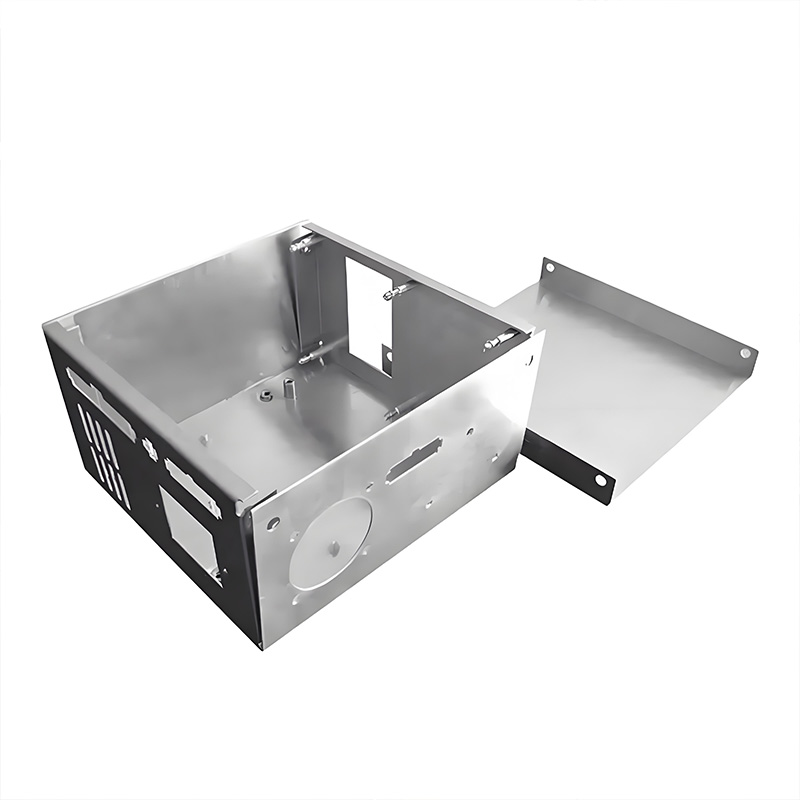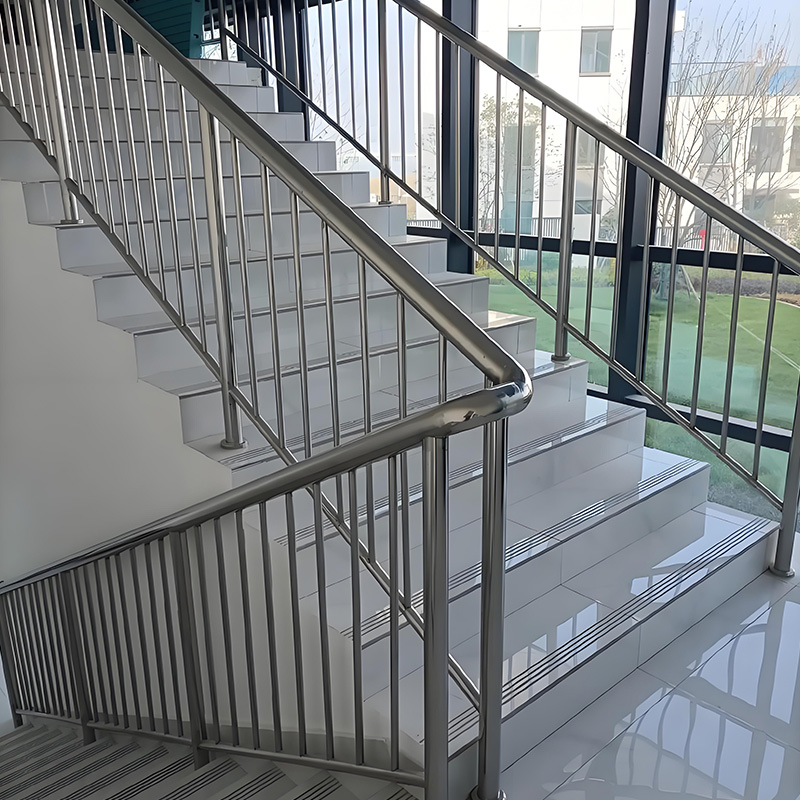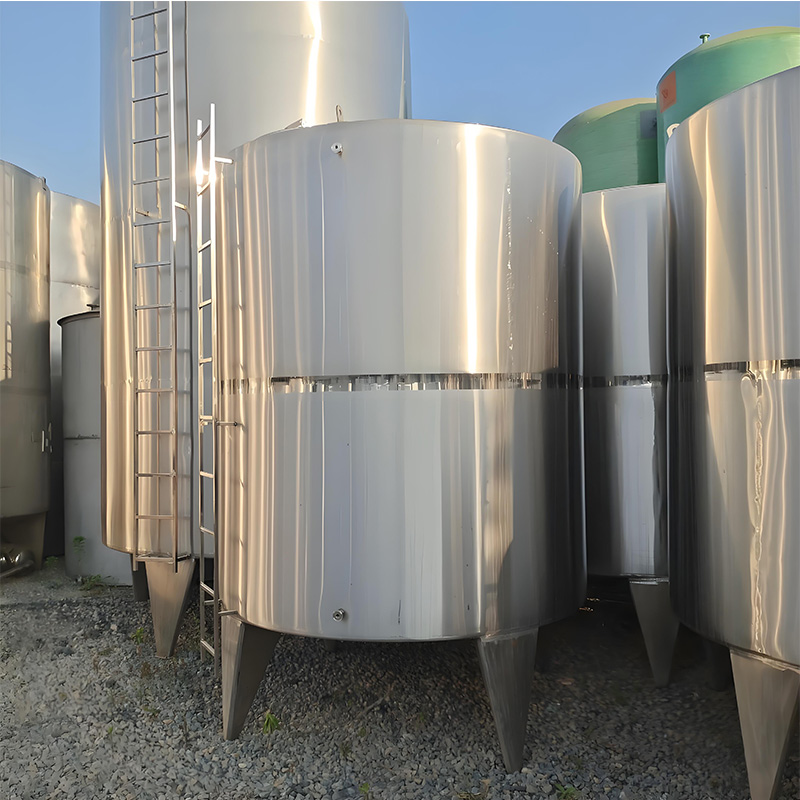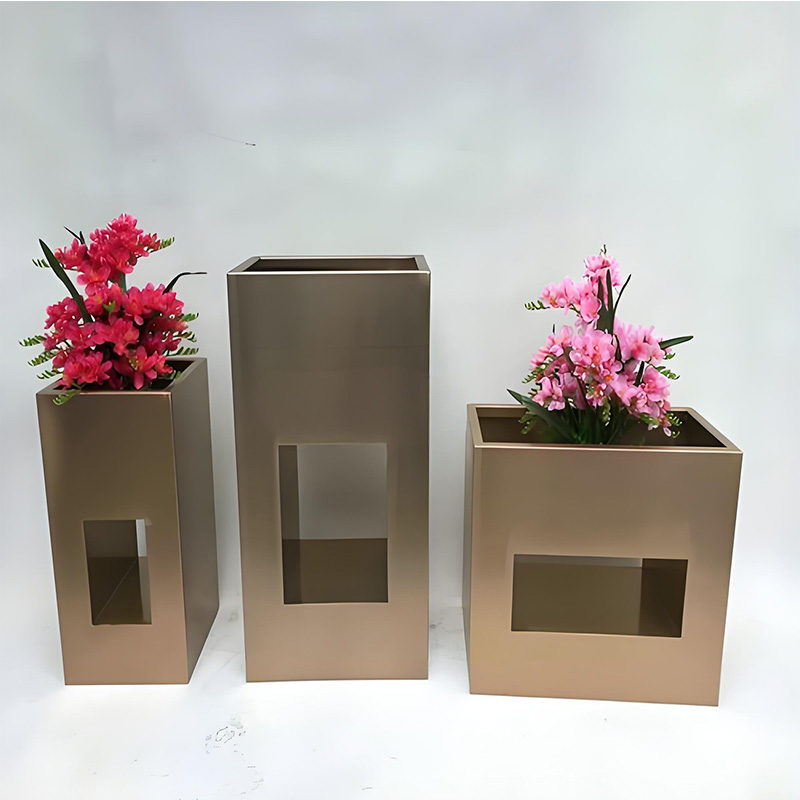Stainless Steel Handrail: 6 Must-Know Secrets for Safe Stairs!
Why Your Stair Safety Might Be Compromised Right Now
Ever slipped on stairs without a sturdy grip? Falls cause over 1 million ER visits yearly in the US alone (CDC, 2023). Traditional wooden rails warp, while iron rusts. That’s where stainless steel handrail systems shine. They offer unmatched durability, but choosing the wrong type risks safety gaps.
Material Showdown: Stainless Steel vs. The Rest
| Feature | Stainless Steel Handrail | Wooden Handrail | Wrought Iron |
|---|---|---|---|
| Lifespan | 50+ years | 10-15 years | 20-30 years |
| Maintenance | Low (wipe clean) | High (sanding/varnishing) | Medium (anti-rust painting) |
| Weather Resistance | Excellent (indoor/outdoor) | Poor outdoors | Moderate (prone to rust) |
| Installation Complexity | Moderate | Low | High |
Installation Done Right: Your 5-Step Guide
Step 1: Measure Twice, Cut Once
Calculate stair angle and length precisely. Remember: Building codes require handrails 34″-38″ above stair nosing (ICC, 2021). Use laser levels for accuracy.
Step 2: Select Your Mounting System
Choose between surface-mounted brackets or sleek glass clamps. Pro tip: Glass clamp systems need tempered glass panels.
Step 3: Secure Structural Anchors
Anchor posts into concrete or solid wood joists. Hollow drywall anchors won’t withstand human weight during falls.
Step 4: Assemble Rail Sections
Connect stainless steel handrail segments with internal sleeves. Polish weld seams for seamless safety and aesthetics.
Step 5: Final Safety Check
Shake test every section. No wobble allowed! Install end caps to prevent injury from exposed edges.
Critical Mistakes to Avoid
Warning: Using non-grade 304/316 stainless steel in coastal areas causes salt corrosion within 2 years. Always verify material certifications!
Real-World Case: Coastal Hospital Upgrade
We evaluated a Florida hospital in 2025 where corroded rails endangered elderly patients. By switching to marine-grade 316 stainless steel handrails with textured grips, fall incidents dropped 40% in 6 months. Maintenance costs plummeted too.
Your Handrail Safety Checklist
✓ 34″-38″ height compliance
✓ 1.5″ min. grip diameter
✓ 300+ lb load capacity
✓ No protruding hardware
✓ ADA-compliant returns at ends
FAQs: Stainless Steel Handrails
Q: How often should I inspect stainless steel handrails?
A: Professionally inspect every 2 years. Self-check quarterly for loose brackets.
Q: Can I install them on spiral staircases?
A: Yes! Use flexible stainless steel tubing and specialized curved fittings.
Q: Are they slippery when wet?
A: Not with brushed finishes or grip tape. Avoid mirror-polished surfaces in wet areas.
Conclusion
Investing in quality stainless steel handrails prevents tragedies while adding modern elegance. Ready to upgrade? Explore commercial-grade options at CNC Lathe Parts. Your stairs deserve the gold standard in safety.
SEO Meta Description
Stainless Steel Handrail Guide: Discover 6 expert secrets for safer stairs! Compare materials, avoid installation mistakes, and get a free safety checklist. Learn why stainless steel outperforms wood/iron.
SEO Keywords
Stainless Steel Handrail, Stair Handrail Safety, Metal Handrail Installation, Commercial Handrail Systems, ADA Compliant Handrails, Stainless Railing Maintenance, Outdoor Stair Rails, Handrail Building Codes










